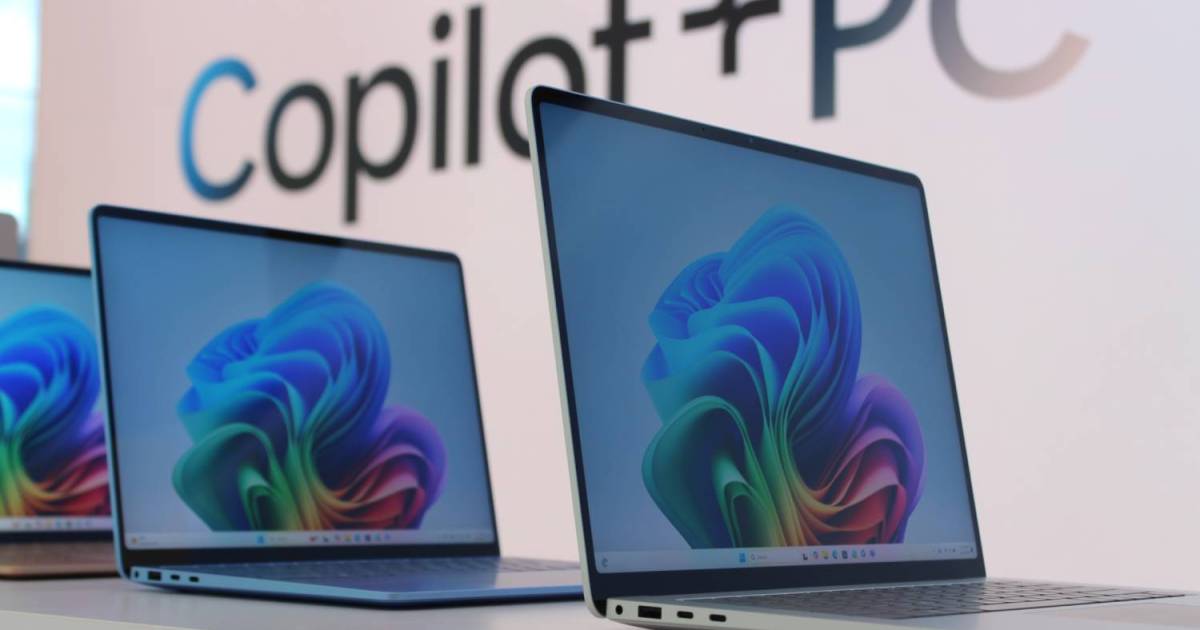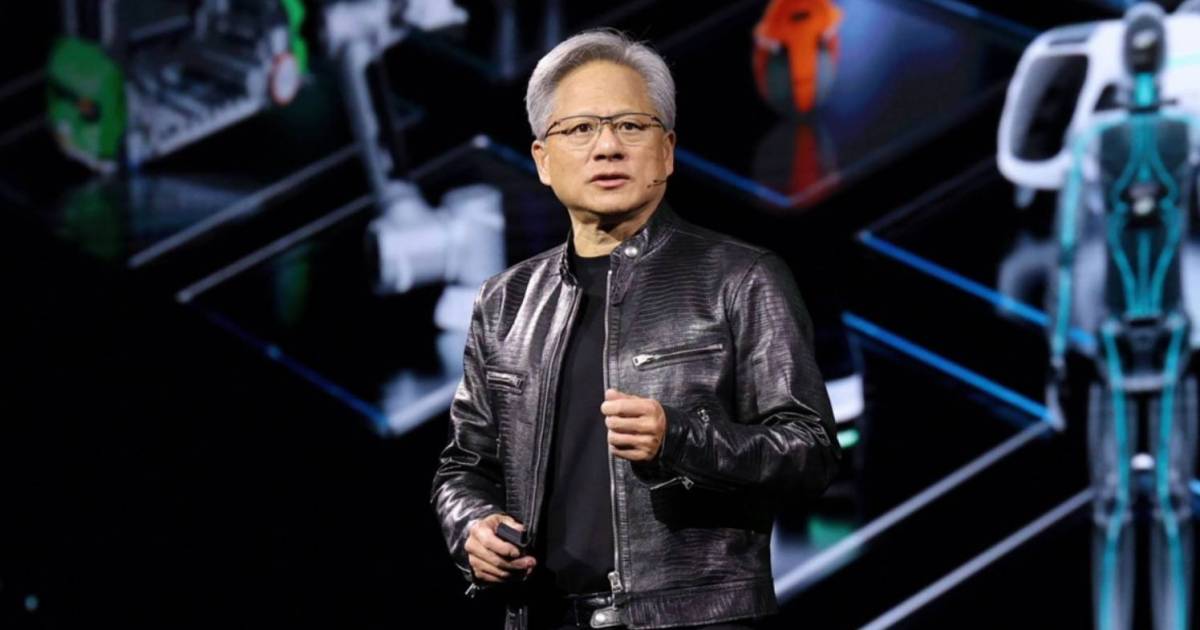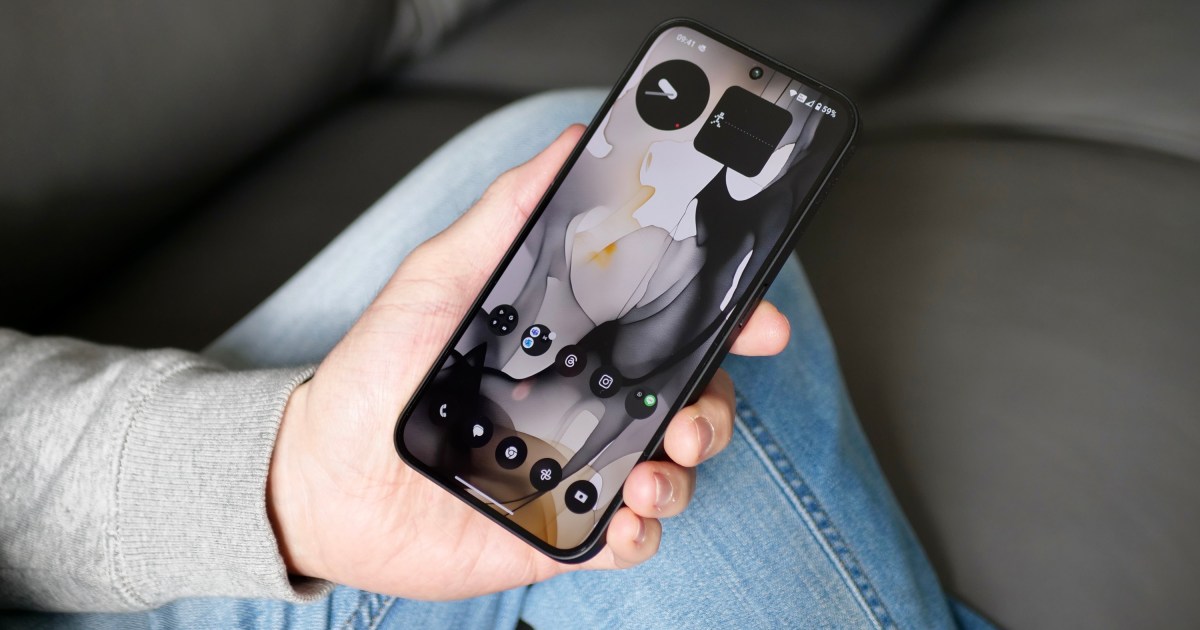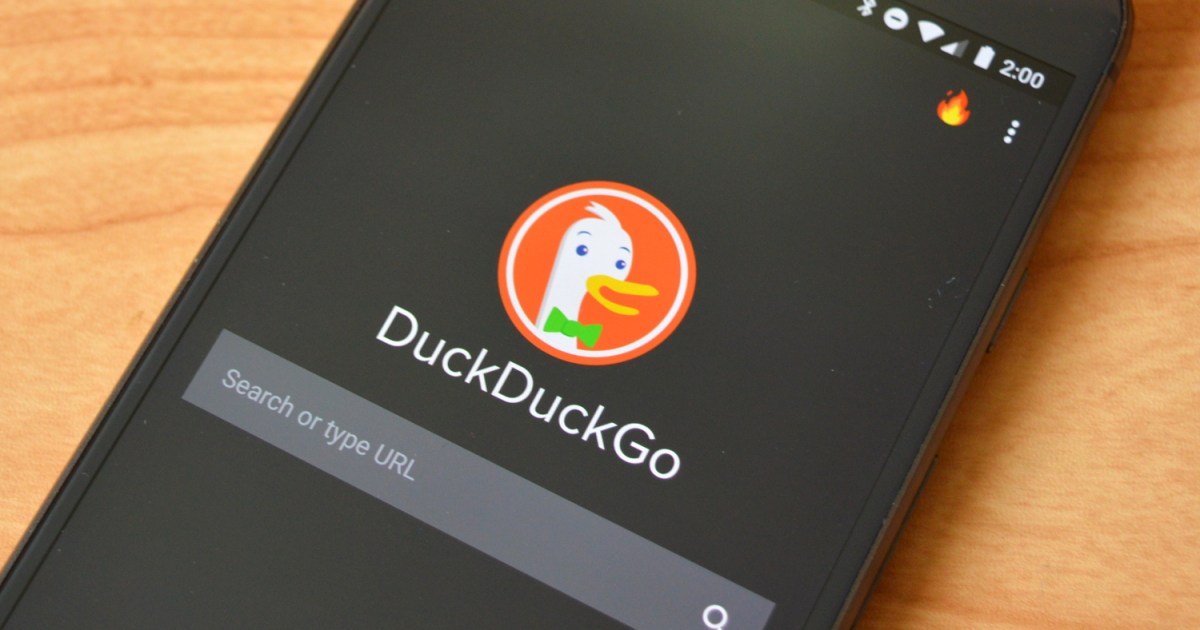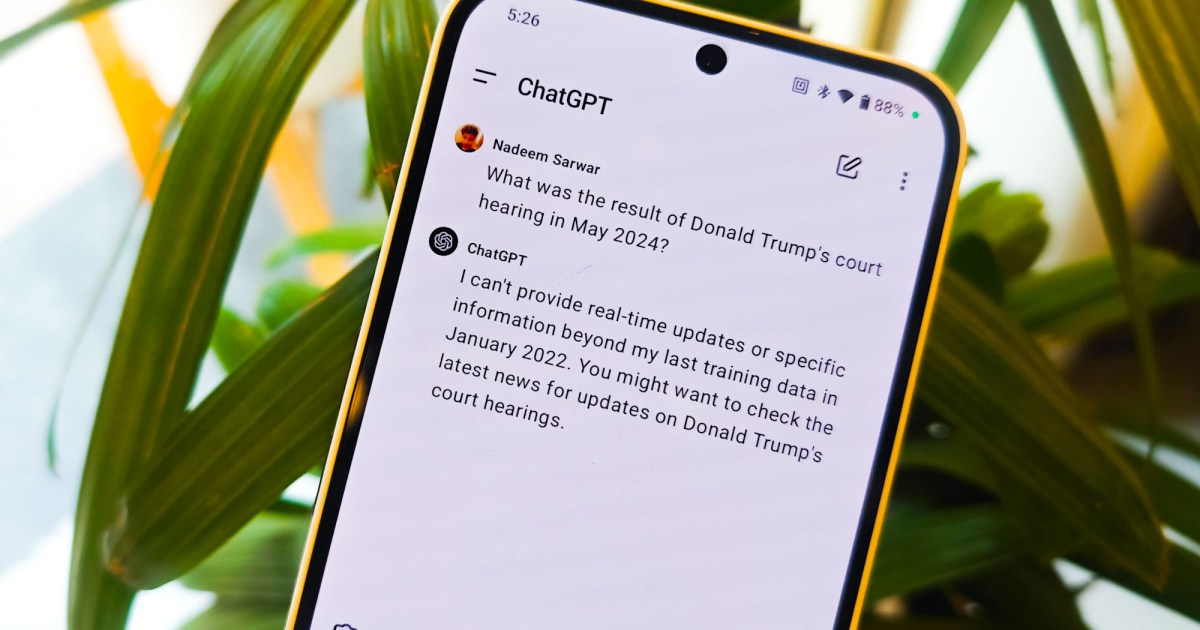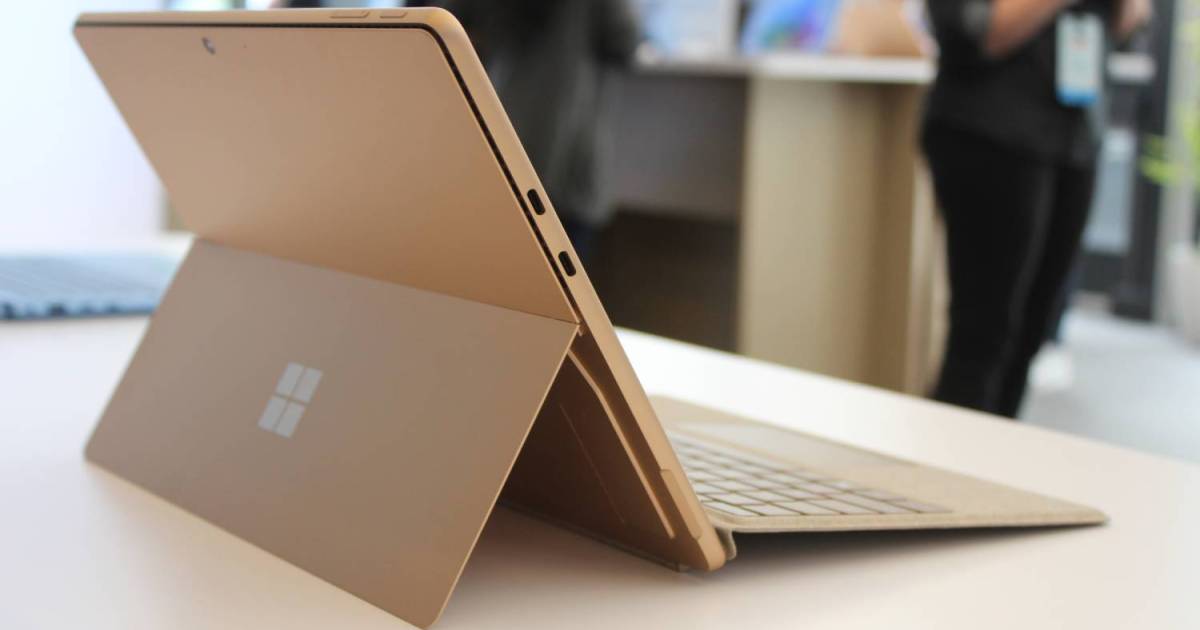Microsoft’s recent unveiling of Copilot+ made a splash, showcasing a powerful blend of AI and Arm architecture that seemingly puts it ahead of MacBooks. But with Apple’s Worldwide Developers Conference (WWDC) just around the corner, the spotlight might soon shift. Will Apple’s rumored Mac announcements eclipse Copilot+ or reveal a company lagging behind in the AI race?
Anticipated AI Features from Apple
 alt text: A screenshot of the ChatGPT desktop app open next to some lines of code.
alt text: A screenshot of the ChatGPT desktop app open next to some lines of code.
Apple’s AI strategy has been a topic of intense speculation, especially as competitors like Google, Microsoft, Amazon, and others have doubled down on generative AI. Microsoft’s close partnership with OpenAI exemplifies this trend. While Apple has integrated a neural engine into its chips for years, it has remained relatively quiet on the generative AI front. The recent release of the ChatGPT app for Mac hints at a shift, but the full extent of Apple’s AI ambitions remains unclear.
Mark Gurman, a known Apple insider, has reported on a suite of AI features in development for both iPhones and Macs. These include photo retouching, voice memo transcription, suggested replies, Siri improvements, and even auto-generated emojis. Mac-specific enhancements to Xcode could significantly benefit developers. Improvements to Apple’s own applications like Pages, Numbers, Keynote, and Notes are also expected to rival the generative AI capabilities of Copilot Pro. However, Apple’s overall approach might be more cautious than Microsoft’s aggressive embrace of AI.
Spotlight vs. Recall: A Search Showdown
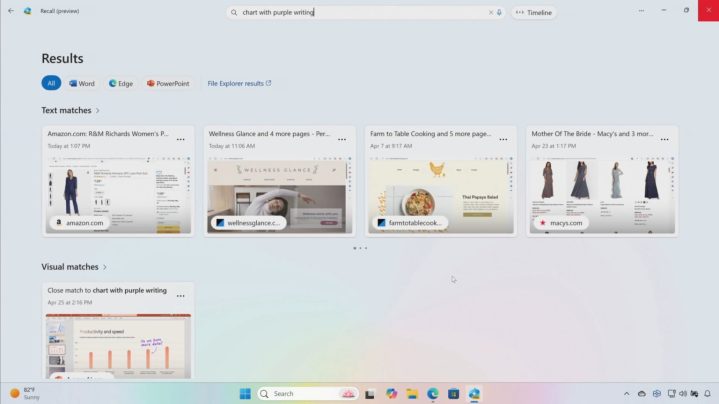 alt text: A screenshot of the Recall feature in Windows, showing its search capabilities.
alt text: A screenshot of the Recall feature in Windows, showing its search capabilities.
Gurman also mentioned “faster and more reliable searches in Spotlight,” suggesting an AI-powered revamp of Apple’s core search functionality. This points to a potential rivalry with Microsoft’s new Recall feature, which uses natural language processing to search across a user’s entire PC and activity history. Microsoft’s approach, however, raises privacy concerns due to its extensive data collection. Given Apple’s strong privacy stance, it seems unlikely they would adopt a similar strategy, especially since current Macs lack the advanced AI processing capabilities of Copilot+’s NPUs.
On-Device Processing: A Potential Hurdle for Apple
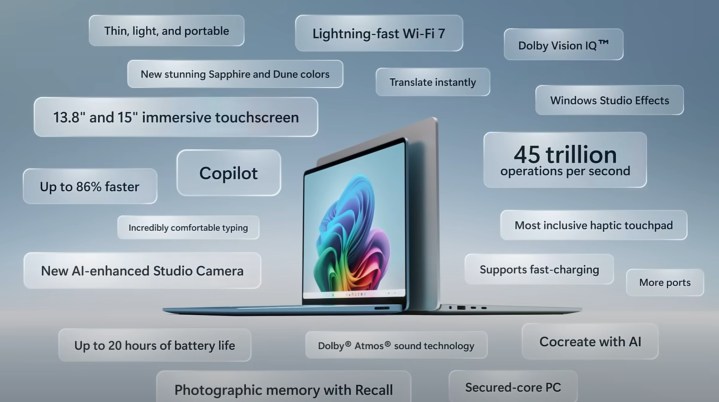 alt text: A graphic showcasing the features of the Surface Laptop, highlighting its AI capabilities.
alt text: A graphic showcasing the features of the Surface Laptop, highlighting its AI capabilities.
Copilot+ PCs leverage on-device processing via their NPUs, with Microsoft mandating 40 TOPS of NPU performance. This surpasses even the Apple M4’s 38 TOPS, currently exclusive to the iPad Pro. While Apple’s M3 chip boasts powerful CPUs and GPUs, its neural engine only achieves 18 TOPS, a modest improvement over Intel Core Ultra’s NPUs. Running persistent AI models locally, as required by features like Recall, demands substantial processing power without compromising battery life. If Apple adheres to its on-device processing preference for privacy reasons, the new AI features on Macs might be less ambitious.
However, a more measured approach to AI might be advantageous. Recent issues with Google’s AI Overviews and Microsoft’s own history of AI missteps highlight the potential pitfalls of rapid adoption. It remains to be seen whether Recall will follow suit.
A More Measured Approach?
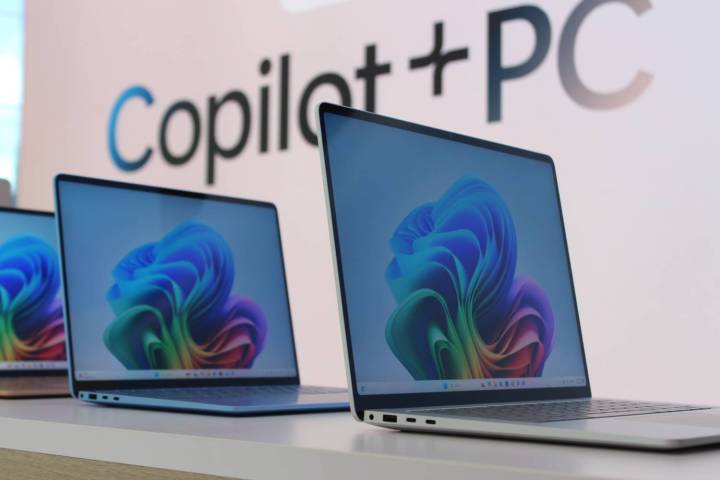 alt text: The Surface Laptop displayed in front of a Copilot+ sign.
alt text: The Surface Laptop displayed in front of a Copilot+ sign.
Apple has a history of adopting technologies only after they reach a certain level of maturity, as seen with the Vision Pro. This measured approach could benefit Apple in navigating the complex and evolving landscape of AI. While WWDC’s announcements remain uncertain, it’s likely that Apple’s approach will be less ambitious and potentially less controversial than Microsoft’s. Copilot+’s features might appear more cutting-edge, but Apple’s AI implementations on Macs could prioritize refinement and user experience.
Conclusion
Apple’s WWDC announcements on June 6th will finally reveal its AI strategy. While it might not match the sheer ambition of Microsoft’s Copilot+, a more cautious approach might ultimately prove beneficial. The focus will likely be on integrating AI seamlessly into existing workflows and prioritizing user privacy, potentially offering a different, but equally compelling, vision for the future of AI on personal computers.



